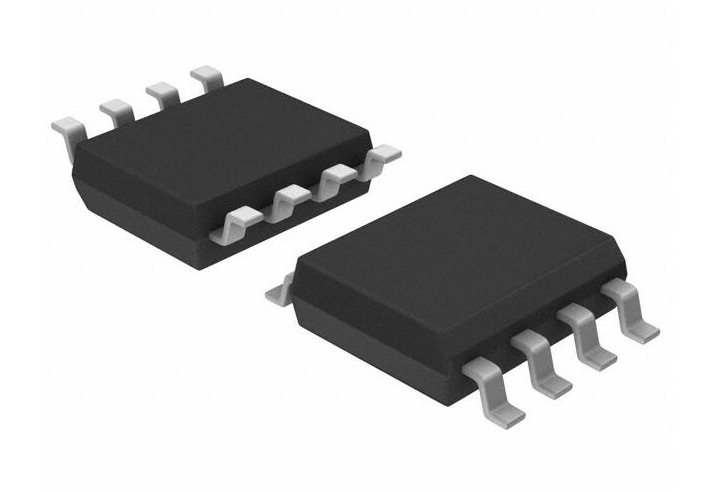 +86 18038161406
+86 18038161406
Parameters of Power Management Chips
A power management chip (PMIC) is an integrated circuit used to manage power. It usually includes several functional modules, such as power switch, voltage regulator, charger, power detection, etc., to achieve power management for mobile devices, smart homes, automotive electronics and other electronic products.

The following is a detailed description of the power management chip parameters:
Input Voltage Range
Input voltage range refers to the input voltage range that the chip can accept. When designing a power supply system, it is necessary to select the appropriate input voltage range according to the application scenario to ensure that the chip can work properly. For example, for mobile devices, the input voltage range is usually between 3.6V~5.5V, while for automotive electronics, the input voltage range needs to be wider and may reach 9V~40V or even higher.
Output Voltage Range
Output voltage range refers to the range of output voltage that the chip can provide. When designing a power supply system, it is necessary to select the appropriate output voltage range according to the application scenario to ensure that the chip can provide the appropriate voltage for the subsequent circuits. For example, for mobile devices, the output voltage range is usually between 1.2V and 4.2V, while for automotive electronics, the output voltage range needs to be wider and may cover many different voltage levels.
Output Current Range
Output current range refers to the range of output current that the chip can provide. When designing a power supply system, it is necessary to select the appropriate output current range according to the application scenario to ensure that the chip can provide sufficient current for subsequent circuits. For example, for mobile devices, the output current range is usually between 100mA~3A, while for automotive electronics, the output current range needs to be larger and may reach 10A or higher.
Efficiency
Efficiency refers to how efficiently a chip converts input power into output power. Since the power management chip contains several functional modules, the efficiency of each module has an impact on the efficiency of the whole chip. When designing a power supply system, it is necessary to select a suitable power management chip according to the application scenario and evaluate whether its efficiency meets the requirements. Typically, the efficiency of power management chips ranges from 70% to 95%.
Load regulation capability
Load regulation capability refers to the degree of change in the output voltage of the chip under different loads. In practice, the load of the subsequent circuit will change, so the power management chip needs to have a better load regulation capability to ensure stable output voltage. Normally, the load regulation capability of power management chips is between 1% and 5%.
Operating temperature range
Operating temperature range refers to the temperature range in which the chip works reliably. In practice, the power management chip may be affected by a variety of factors such as ambient temperature, load power, etc., so it needs to have a wide operating temperature range. Typically, the operating temperature range of power management chips is -40℃~85℃ or -40℃~125℃.
Protection Functions
Protection functions refer to the various protection mechanisms built into the chip, such as overheat protection, overcurrent protection, under-voltage protection, etc. In practical applications, power management chips may face multiple failure situations, so they need to have multiple protection mechanisms to ensure system safety and reliability. Typically, the protection functions of power management chips include short-circuit protection, overheat protection, overcurrent protection, undervoltage protection, overvoltage protection, and so on.
Package form
Package form refers to the form of chip packaging, such as QFN, BGA, etc.. In practice, the need to choose the appropriate package form according to the circuit board layout, manufacturing costs and other factors. Usually, there are various options for the package form of power management chips, including QFN, BGA, SOP, DIP, etc.
Application field
Application field refers to the application scenarios for which the chip is suitable, such as mobile devices, smart homes, automotive electronics, etc. In actual application, it is necessary to select the appropriate package according to the application scenarios. In practical applications, it is necessary to select the appropriate power management chip according to the application scenario to ensure system performance and reliability. Usually, power management chips have a wide range of applications and can be used in many different types of electronic products.
In summary, power management chip parameters are important factors to consider when designing a power system. According to different application scenarios, it is necessary to select a suitable power management chip and evaluate whether its parameters meet the requirements. The efficiency, stability and reliability of the power supply system can be improved through reasonable parameter selection and optimised design.








